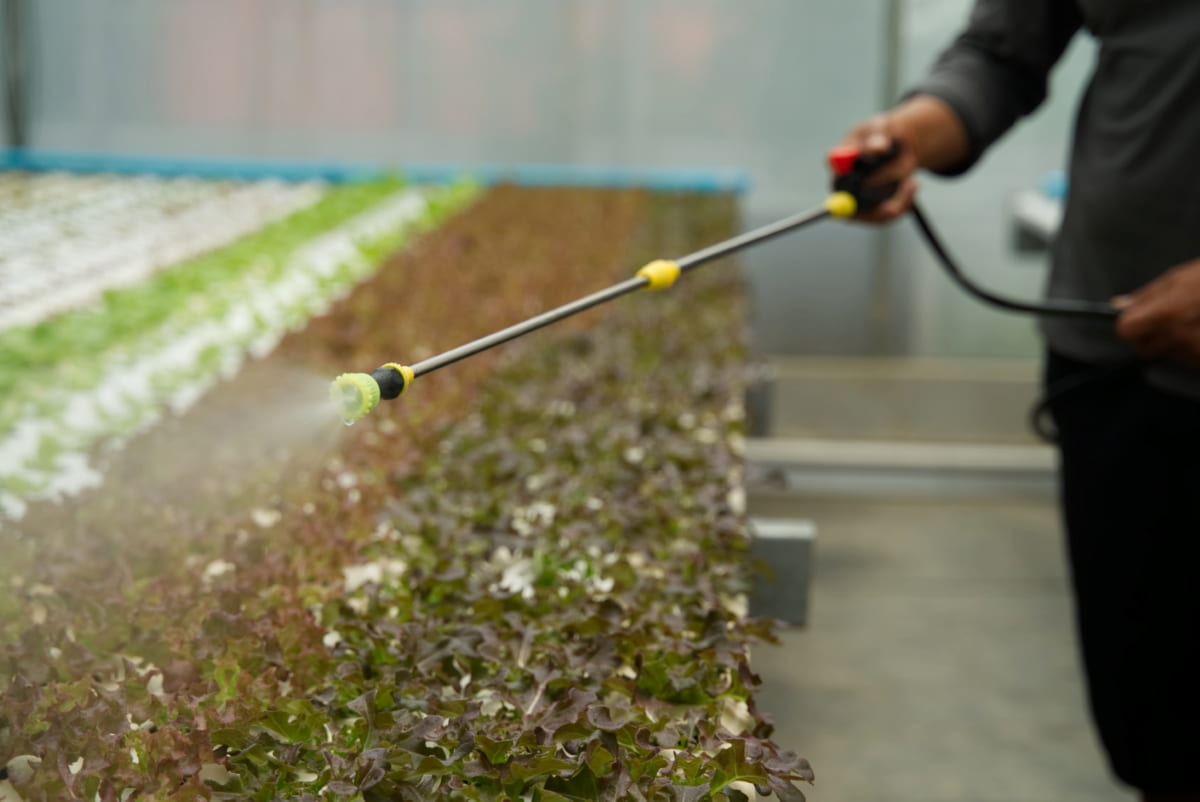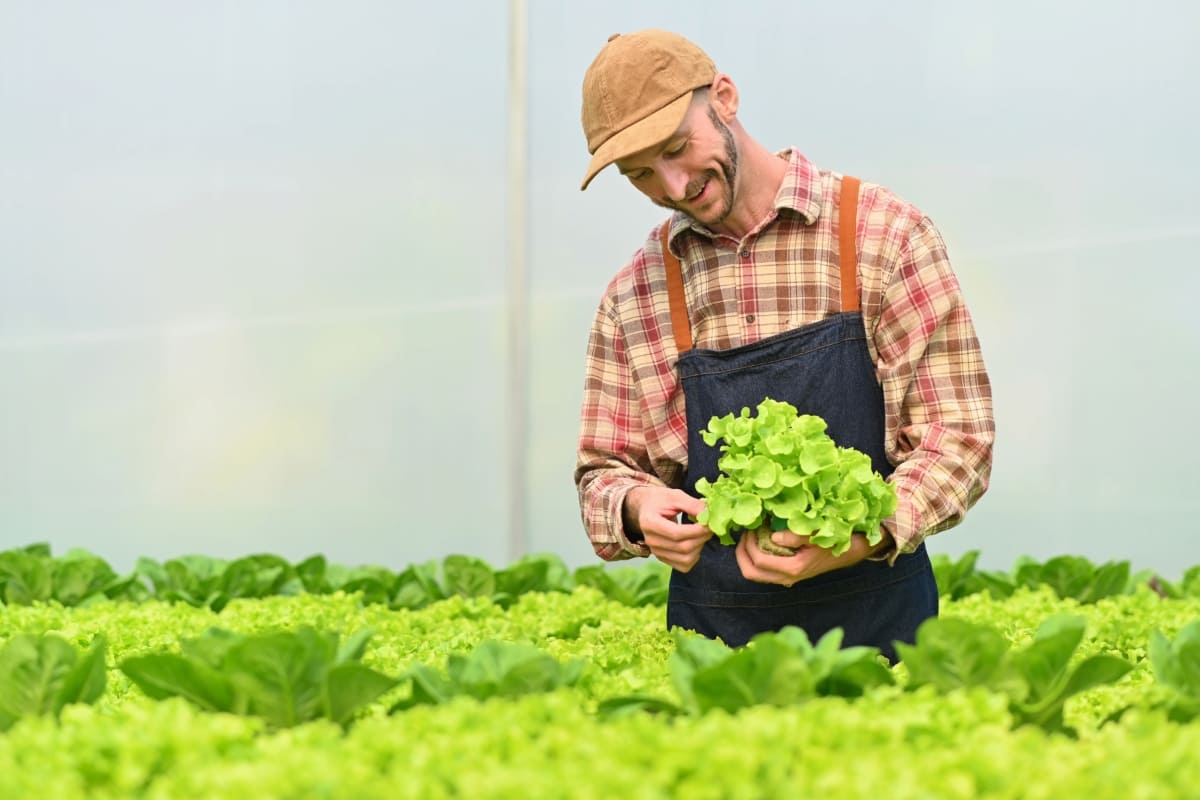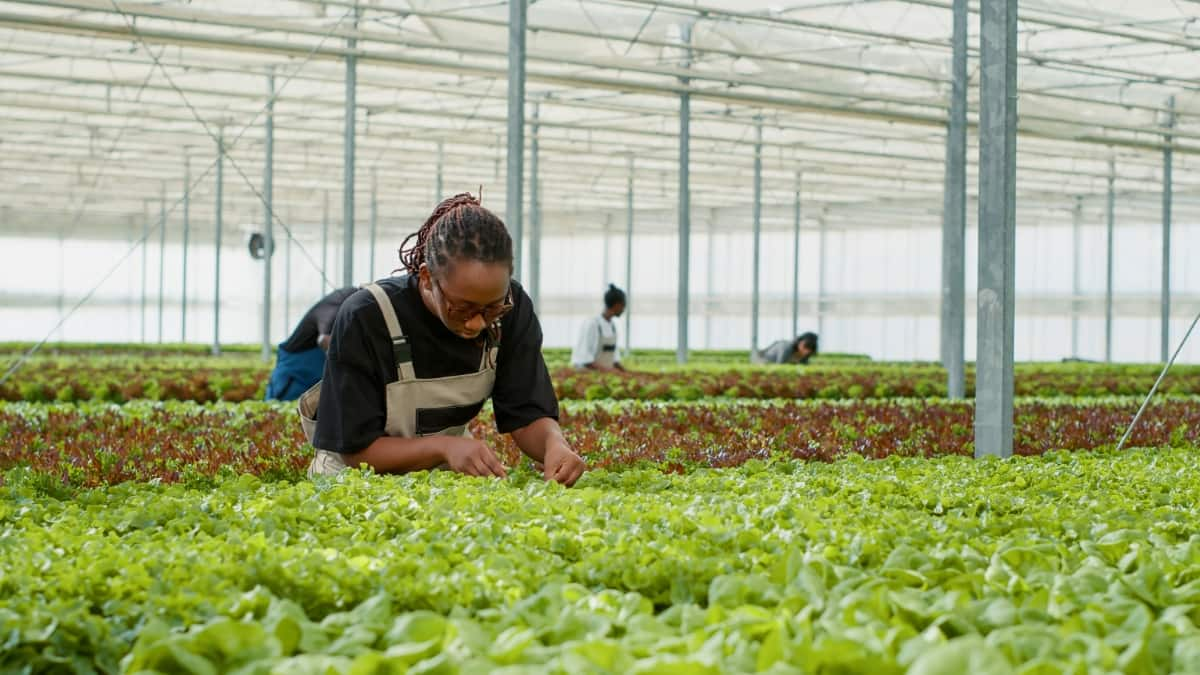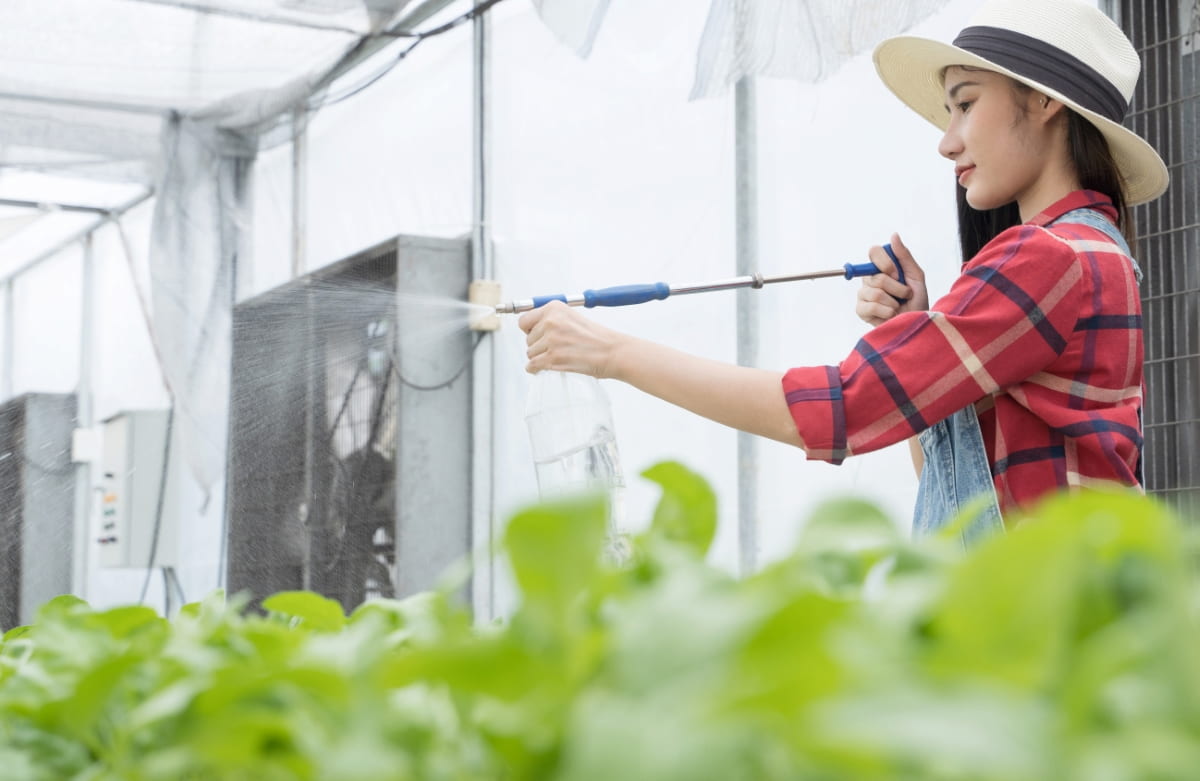Hydroponic gardening is an excellent method for growing plants without soil, but it also presents challenges, including pest infestation. These pests can damage plants, reduce yield, and spread diseases. However, natural and organic methods can control pests without harsh chemicals or pesticides. This blog will teach how to identify common pests and their impact and eliminate them using natural and organic treatments. Proper hygiene and sanitation practices can also help prevent pest problems in hydroponics.

How to Control Hydroponic Pests Naturally
Identifying Common Hydroponic Pests and Their Impact on Plants
Aphids: These are soft-bodied, small insects that suck the sap from plant leaves and stems. They can cause yellowing, curling, and wilting of leaves, stunted growth, and reduced yield. Aphids can also transmit viral diseases to plants.
Spider mites: These are tiny arachnids that feed on plant cells, creating small holes in the leaf surface. They can cause discoloration, speckling, and bronzing of leaves, as well as leaf drop and plant death. Spider mites can survive in hot and dry conditions and can multiply rapidly.
Whiteflies: These are small, white-winged insects that feed on plant sap, similar to aphids. They can cause yellowing, curling, and distortion of leaves, as well as reduced plant vigor and yield. Whiteflies can also excrete a sticky substance called honeydew, which attracts fungal growth and ants.
Fungus gnats: These are small, black flies that lay eggs in moist growing media or water reservoirs. The larvae feed on organic matter and plant roots, causing root rot and nutrient deficiency. The adults can also spread fungal spores to plants.
Thrips: These are slender, winged insects that feed on plant sap, creating silvery scars on the leaf surface. They can cause discoloration, deformation, and drop of leaves and flowers, as well as reduced quality and quantity of fruits. Thrips can also transmit viral diseases to plants.
Implementing Proper Hygiene and Sanitation Practices in Your Hydroponic System
To maintain a successful hydroponic system, sterilize growing media, disinfect hydroponic equipment and tools, remove dead or diseased plant material, wash hands, avoid bringing soil or outdoor plants, quarantine new plants, and maintain optimal environmental conditions like temperature, humidity, light, and ventilation. Avoid extreme fluctuations or stress factors that may weaken plants’ immunity or attract pests. Proper handling and care of plants are essential for their health and growth.
Beneficial Insects: Harnessing Nature’s Pest Control Army for Hydroponic Gardens
These insects prey on or parasitize the pests that attack your plants. They can help reduce or eliminate the pest population in your hydroponic system by feeding on them or laying eggs inside them. Some examples of beneficial insects are ladybugs, lacewings, predatory mites, parasitic wasps, and nematodes.
Companion Planting: Using Natural Repellents to Deter Pests in Hydroponics
This is the practice of growing plants that benefit each other. Some plants can repel pests by emitting odors or chemicals that deter them from approaching or feeding on them. Some examples of companion plants for hydroponics are basil, mint, marigold, chives, and garlic.
In case you missed it: How to Control Hydroponic Tomato Pests and Diseases Naturally: How to Get Rid of Them with Natural and Organic Treatment

Essential Oils and Botanical Extracts: Harnessing the Power of Nature for Pest Control in Hydroponics
These are natural substances derived from plants with insecticidal or repellent properties. They can be applied to the plants or the growing medium to kill or ward off pests. Some examples of essential oils and botanical extracts for hydroponics are neem oil, rosemary oil, peppermint oil, pyrethrum extract, and garlic extract.
Homemade Remedies: DIY Organic Pest Control Solutions for Hydroponic Gardens
These are DIY solutions that you can make at home using common household ingredients. They can be sprayed on the plants or added to the nutrient solution to control pests. Some examples of homemade remedies for hydroponics are soap spray, vinegar spray, baking soda spray, and hydrogen peroxide solution.
Neem Oil: A Natural and Effective Treatment for Controlling Pests in Hydroponics
This is a natural oil extracted from the seeds of the neem tree. It has antifungal, antibacterial, and insecticidal properties that can help prevent and treat various pest and disease problems in hydroponics. It can be mixed with water and sprayed on the plants or added to the nutrient solution.
In case you missed it: How to Control Aster Pests Naturally: How to Get Rid of Them with Natural and Organic Treatment

Biological Controls: Introducing Predatory Organisms to Combat Pests in Hydroponic Systems
Biological controls involve introducing predatory organisms that feed on the pests, such as ladybugs, lacewings, or predatory mites. These natural enemies can help reduce the population of aphids, whiteflies, spider mites, and other pests that attack hydroponic plants. However, biological controls require careful monitoring and management, as they may not be effective in all situations or may pose risks to the plants or the environment.
Physical Barriers: Creating a Protective Shield Against Pests in Hydroponic Setups
Physical barriers are another way to protect hydroponic plants from pests. These include screens, nets, covers, or traps preventing problems accessing the plants or the nutrient solution. Physical barriers can also help prevent the spreading of diseases and contaminants that may harm the plants or the system. However, physical barriers may also limit the airflow, light, or humidity that the plants need, so they should be used with caution and adjusted as needed.
Integrated Pest Management (IPM): A Holistic Approach to Pest Control in Hydroponics
Integrated pest management (IPM) is a holistic approach to pest control that combines different methods and strategies to achieve optimal results. IPM involves:
- Identifying the pests and their life cycles.
- Monitoring their population and damage levels.
- Choosing the most appropriate and least harmful control methods.
- Evaluating their effectiveness and impact.
IPM aims to prevent pest problems before they occur, minimize the use of pesticides and chemicals, and enhance the health and productivity of the plants and the system.
In case you missed it: How to Control Lotus Pests Naturally: How to Get Rid of Them with Natural and Organic Treatment

Conclusion
Effective management of hydroponic pests through natural and organic means is vital. Different methods, such as introducing beneficial insects, maintaining proper sanitation, and using neem oil, can help eliminate these pests. By adhering to these sustainable practices, hydroponic growers can minimize the need for chemical pesticides, thus promoting healthier crops and an eco-friendlier cultivation environment.
- Deworming Schedule for Dogs/Puppies: A Beginners Guide
- How to Prevent and Control Parasites in Goats
- Beneficial Insects in Pest Management
- Natural Solutions for Pest Control in Flower Gardens
- Types of Fungicides Used in Agriculture
- Common Issues in the Fruit Development Stage of Pomegranate Farming
- Fruit Development Issues in Papaya: Easy Solutions and Treatment
- Soil-Borne Diseases and How to Protect Your Plants
- Practices to Prevent Disease Spread in the Garden